This article was co-authored by wikiHow staff writer, Ali Garbacz. Our trained team of editors and researchers validate articles for accuracy and comprehensiveness.
wikiHow’s Content Management Team carefully monitors the work from our editorial staff to ensure that each article meets our high quality standards.
There are 11 references cited in this article, which can be found at the bottom of the page.
This article has been viewed 3,066 times.
Learn more...
The copperhead snake is a venomous species of snake, a pit viper native to the Eastern region of North America that gets its name from its distinctive copper-toned body. Due to their status as a venomous species, copperheads can pose a danger to humans if they feel threatened, and a bite from a copperhead, while rarely fatal, can be painful and will require immediate medical attention. Even baby copperheads have this venom, so it is important that you know how to identify them so that you can avoid being put in a dangerous situation. This article will help you identify them so you can stay safe next time you come across a snake.
Steps
Warnings
- The use of venom by the copperhead is a secondary defense mechanism. It will only resort to striking and biting as a last resort, which is usually when its path of retreat is being blocked or it has actually been picked up. Therefore, avoid direct confrontation with the copperhead if possible.[23]⧼thumbs_response⧽
- The copperhead is the cause of many snake bites yearly, but these bites are rarely fatal and only occur when the snake has been stepped on or directly touched, and thus are completely avoidable.[24]⧼thumbs_response⧽
- A bite from a copperhead can cause serious local reactions, such as pain or debility in the limb that has been bitten. Severity of a copperhead bite can range from mild to severe. Though their venom is not fatal to humans, it is imperative that you receive immediate medical treatment if you have been bitten.[25]⧼thumbs_response⧽
- A baby copperhead’s venom is just as potent as an adult’s. Exercise the same amount of caution around a baby copperhead as you would a fully grown adult.[26]⧼thumbs_response⧽
References
- ↑ https://www.mass.gov/doc/copperhead-0/download
- ↑ https://www.mass.gov/doc/copperhead-0/download
- ↑ https://www.livescience.com/54023-vipers.html
- ↑ https://portal.ct.gov/DEEP/Wildlife/Fact-Sheets/Northern-Copperhead
- ↑ https://portal.ct.gov/DEEP/Wildlife/Fact-Sheets/Northern-Copperhead
- ↑ https://www.mass.gov/doc/copperhead-0/download
- ↑ https://www.livescience.com/43641-copperhead-snake.html#section-behaviour
- ↑ https://hgic.clemson.edu/factsheet/identifying-copperhead-snakes/
- ↑ https://hgic.clemson.edu/factsheet/identifying-copperhead-snakes/
- ↑ https://petkeen.com/snakes-that-look-like-copperheads/
- ↑ https://nationalzoo.si.edu/animals/northern-copperhead
- ↑ https://portal.ct.gov/DEEP/Wildlife/Fact-Sheets/Northern-Copperhead
- ↑ https://www.mass.gov/doc/copperhead-0/download
- ↑ https://www.mass.gov/doc/copperhead-0/download
- ↑ https://tpwd.texas.gov/education/resources/texas-junior-naturalists/be-nature-safe/venomous-snake-safety
- ↑ https://nationalzoo.si.edu/animals/northern-copperhead
- ↑ https://www.livescience.com/43641-copperhead-snake.html#section-habitat
- ↑ https://www.livescience.com/43641-copperhead-snake.html#section-habitat
- ↑ https://www.livescience.com/43641-copperhead-snake.html#section-habitat
- ↑ https://www.mass.gov/news/copperhead-birth-caught-on-camera
- ↑ https://www.livescience.com/43641-copperhead-snake.html#section-habitat
- ↑ https://www.livescience.com/43641-copperhead-snake.html#section-behaviour
- ↑ https://www.mass.gov/doc/copperhead-0/download
- ↑ https://nationalzoo.si.edu/animals/northern-copperhead
- ↑ https://urbanjunglewildliferemoval.com/blog/copperhead-snake-safety/
- ↑ https://www.livescience.com/43641-copperhead-snake.html#section-habitat

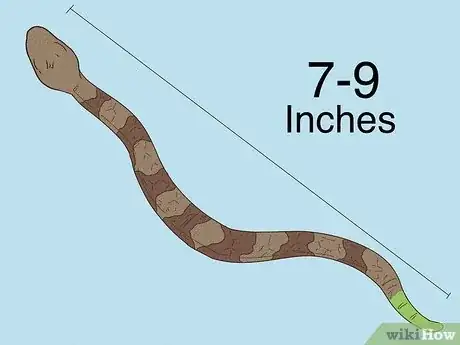

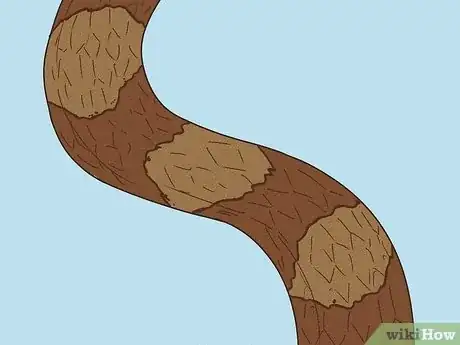









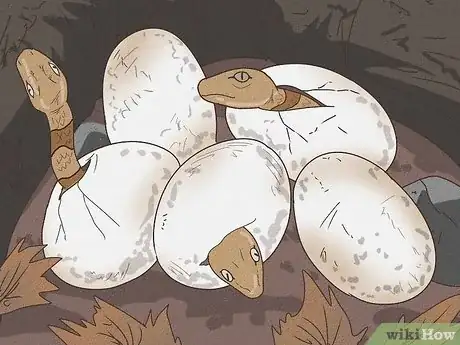
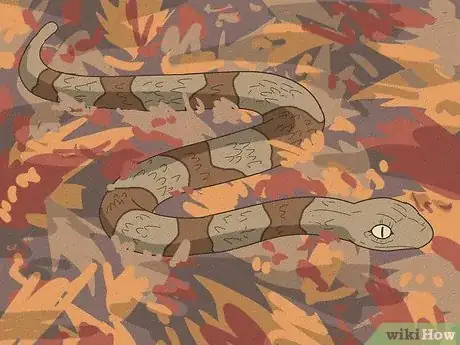

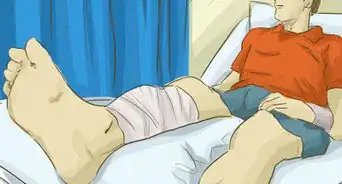
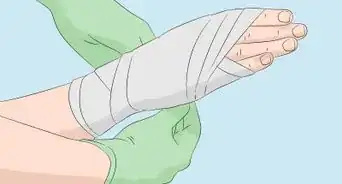


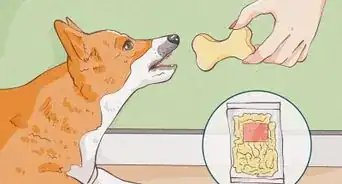
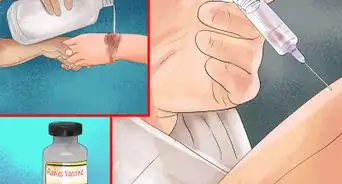

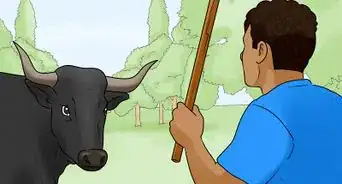
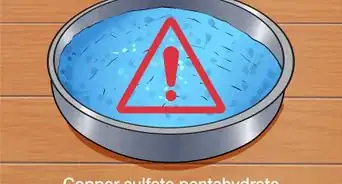
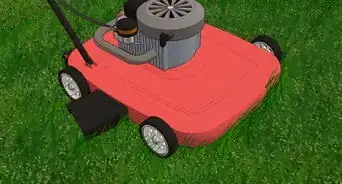
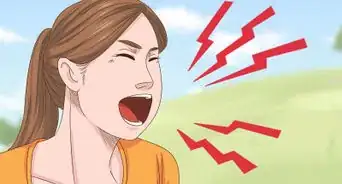










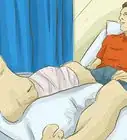
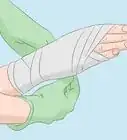




































wikiHow’s Content Management Team carefully monitors the work from our editorial staff to ensure that each article meets our high quality standards. This article has been viewed 3,066 times.